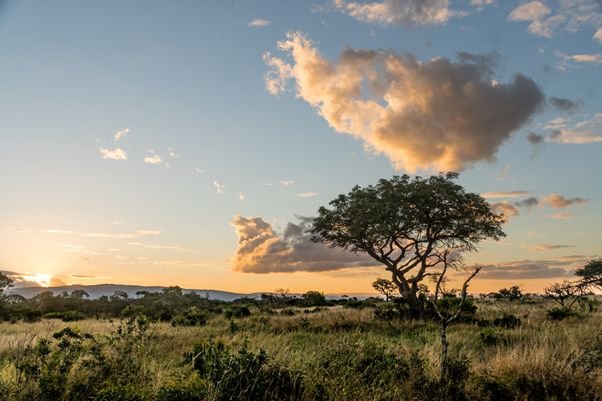
Embarking on a safari with your children is like opening a live-action storybook filled with majestic creatures and breath-taking landscapes. It’s an unparalleled opportunity to ignite their passion for the natural world. Here’s how to ensure your little explorers not only enjoy the journey but also develop a lifelong love for nature and animals.
Before the Safari: Planting the Seeds of Curiosity
• Build Anticipation Through Education:
1. Wildlife Documentaries & Books: Introduce your children to the animals they might encounter. Watching documentaries or reading age-appropriate books can spark interest and familiarity.
2. Interactive Learning: Engage them with apps or games focused on wildlife and conservation.
• Involve Them in Planning:
1. Map Exploration: Show them maps of the safari area, discuss the geography, and let them mark spots of interest.
2. Animal Checklists: Create a checklist of animals and birds to spot, turning the experience into an exciting quest.
3. 3. Do The Research: the internet is a great source to use to find videos about the different Rest Camps in the Kruger.
• Pack Together:
1. Personal Gear: Allow kids to choose their binoculars, hats, or journals. Having their own equipment makes the experience more personal and engaging.
2. Comfort Items: Don’t forget favourite snacks, comfort toys, or bedtime stories to keep routines familiar.

During the Safari: Nurturing Engagement and Respect
• Encourage Observation and Questions:
1. Junior Ranger Programs: Some lodges offer programs tailored for young explorers, providing educational activities and badges.
2. Daily Journaling: Encourage them to draw or write about their daily experiences, fostering reflection and attention to detail.
• Maintain Flexibility:
1. Shorter Excursions: Opt for shorter game drives to match their attention spans. Private vehicles can offer the flexibility to tailor the schedule to your family’s needs.
2. Activity Variety: Mix game drives with walking safaris, bird watching, or cultural visits to keep the experience diverse and engaging.
• Safety First:
1. Briefing: Ensure children understand safety protocols, like remaining quiet during animal sightings and staying inside the vehicle unless instructed otherwise.
2. Health Precautions: Use insect repellent, dress them in appropriate clothing, and stay hydrated to ensure comfort and safety.

After the Safari: Cultivating Lasting Impressions
• Creative Expression:
1. Scrapbooking: Compile photos, drawings, and notes into a scrapbook to solidify memories.
2. Storytelling: Encourage them to share stories of their adventures with friends and family, reinforcing their experiences.
• Continued Learning:
1. Follow-Up Activities: Visit local zoos, nature reserves, or participate in citizen science projects to maintain their interest.
2. Documentaries & Books: Continue exploring wildlife topics that intrigued them during the safari.
• Support Conservation Efforts:
1. Adopt an Animal: Many organizations offer symbolic adoptions, providing a tangible connection to wildlife conservation.
2. Volunteer Together: Engage in local environmental clean-ups or conservation projects as a family.

Interesting Facts to Share with Your Kids
• Elephants’ Memory: Elephants have incredible memories and can recognize friends and foes even after many years.
• Giraffe’s Tongue: A giraffe’s tongue can be up to 20 inches long and is dark-coloured to prevent sunburn while feeding.
• Zebra Stripes: Each zebra’s stripe pattern is unique, much like human fingerprints.
By thoughtfully preparing before, actively engaging during, and creatively reflecting after the safari, you can foster a deep-rooted love for nature and animals in your children.
This journey not only educates but also inspires the next generation of conservationists and nature enthusiasts.

